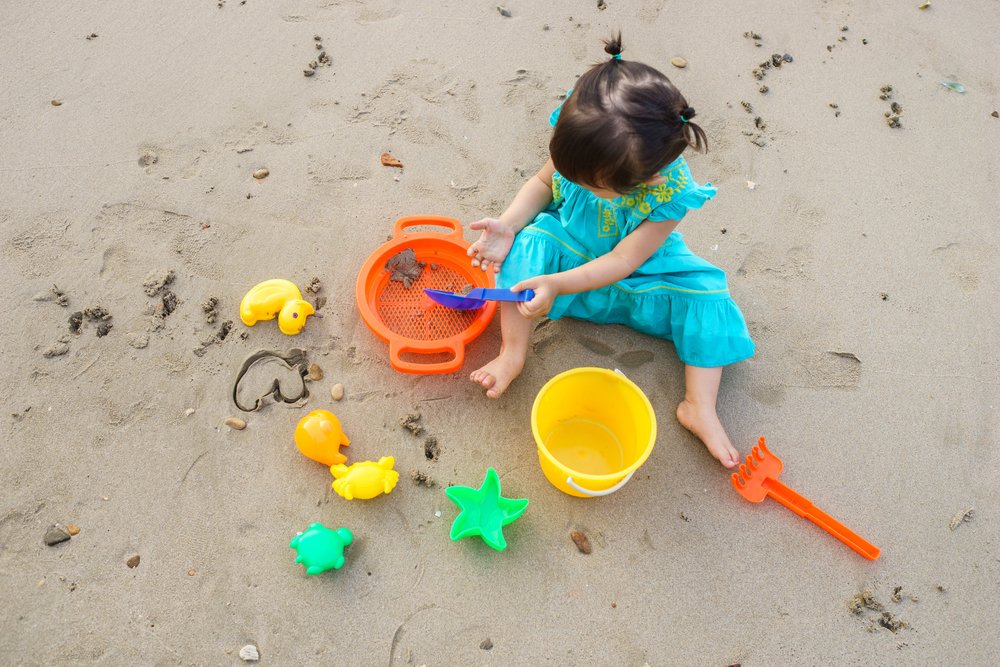Key Points:
- Around 3 years old, children develop finger dexterity, allowing them to perform tasks like turning book pages, engaging in arts and crafts, and using play-dough, contributing to autonomy skills.
- Activities such as building in a sandbox and playing with pegboards promote finger dexterity and enhance spatial intelligence.
According to the American Academy of Pediatrics, between 2 and 4 years old, children start acquiring a new and more complex array of hand movements and finger positioning, they are now able to move each finger independently, and have a stronger grip. This is because at around 3 years of age they develop both the muscular control and the attention and concentration skills needed to do precision finger or hand movements. Combined with the increased spatial awareness and posture control that’s seen around this age, you’ll observe a new set of skills appear: finger dexterity. Your little one will be able to turn book pages one by one, make age-appropriate arts and crafts like pasting materials in sheets of paper, use play-dough to do shapes or figures, and even insert objects in relatively small holes.
The increased sensibility to the placement of objects and the relationships and possible interactions between them, as well as the surge in controlling their own body movements, has important and exciting implications for your preschooler’s autonomy skills as well. For example, beyond being more interested in coloring and free-drawing, you may discover that your little one starts unbuttoning some clothes, opens and closes large zippers, uses a fork to eat independently (with some occasional accidents), and is suddenly invested in exploring the endless outcomes and creations they may do by playing with dough, paper, children’s scissors, cardboard, blocks, and even plain water!
Here are some finger dexterity-developing activities that you can propose to your little one:
- Build figures and castles in the sandbox.
- Play with pegboards is a fun and valuable way of developing both spatial intelligence and hand dexterity.
- Let them pass the page while reading a storybook together.
- Free-drawing or coloring with crayons. This activity is great for exercising hand-eye coordination, and if the crayons break that’s even better! Coloring with small pieces of crayons is a great way to encourage maintaining a good hold on between the thumb and the forefinger.
- Shape play-dough. Touching it is a great sensory experience for kids and stretching it and squeezing handfuls of it will strengthen your child’s hand muscles.
- Transfer water from one bowl to another using only a sponge. This will challenge your kid’s hands and arms, and it is a cool outside activity for a sunny day. You can add some food coloring or bubbles into the water, just make sure the bowls are not easily turned over and keep the water nicely fresh.
- Cut shapes and paste them under close supervision.








